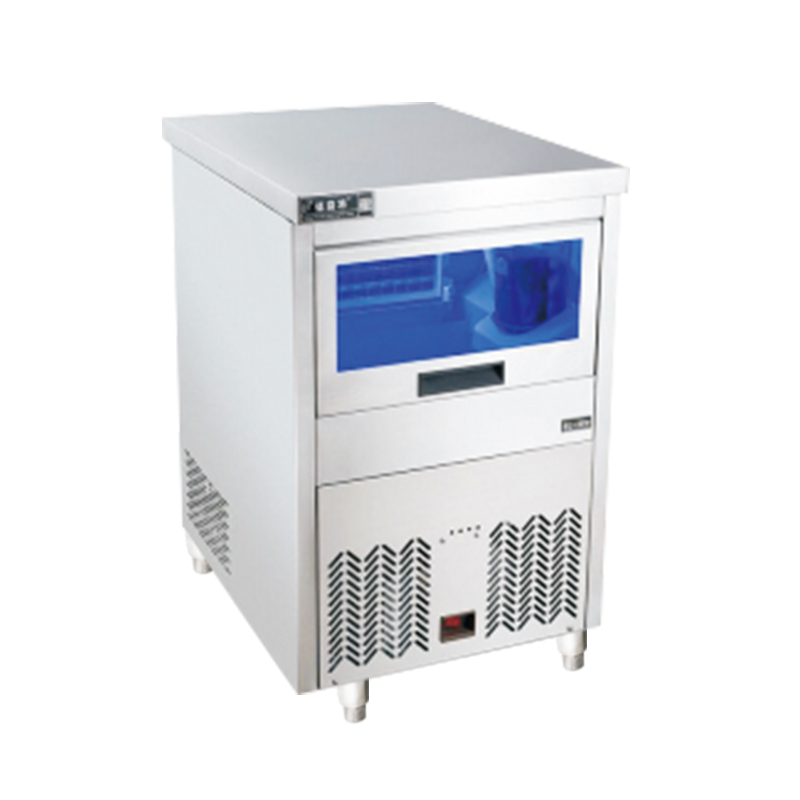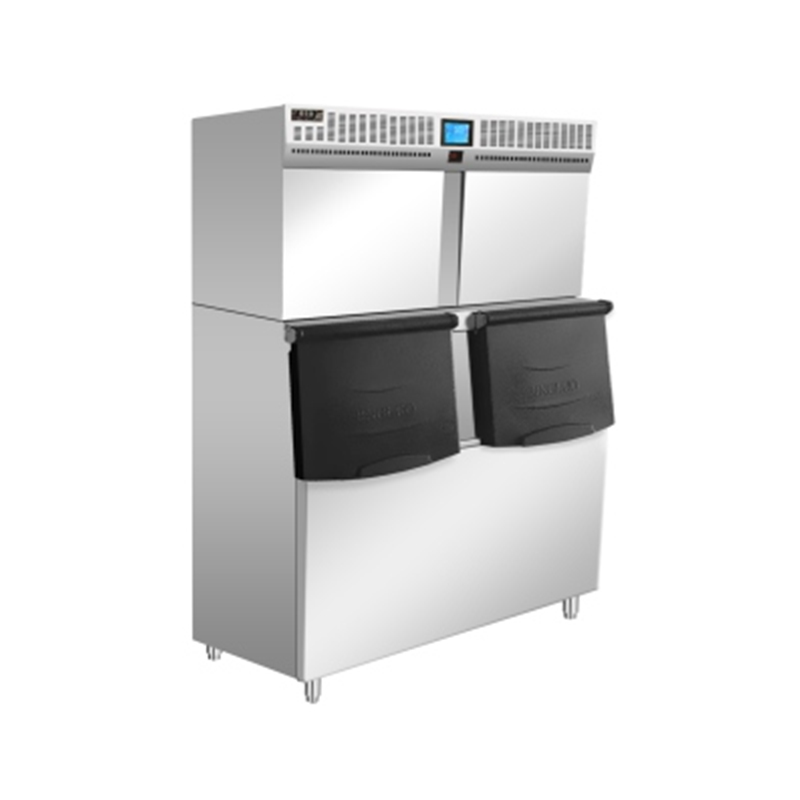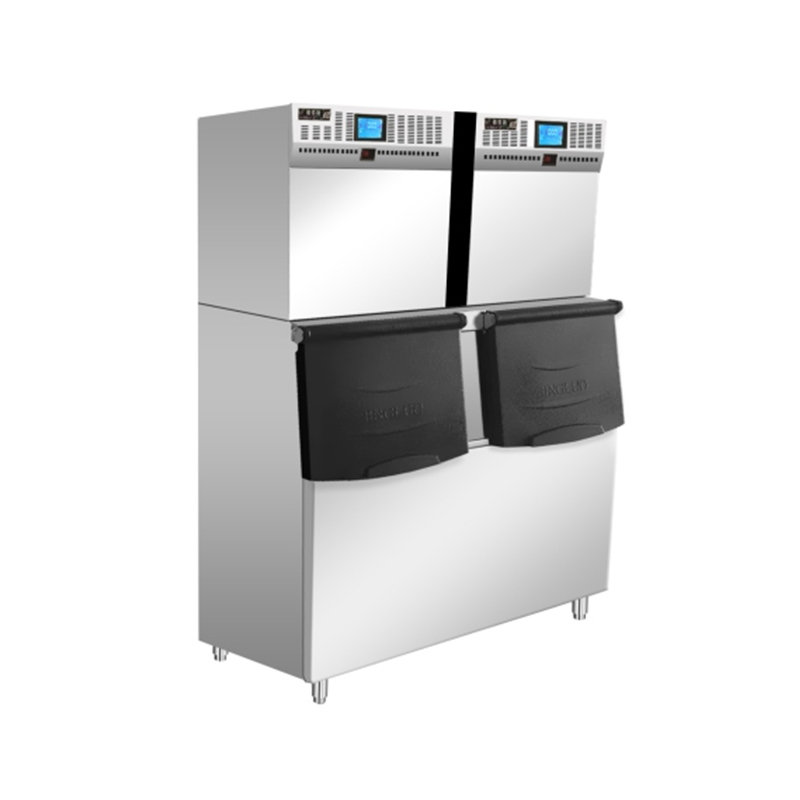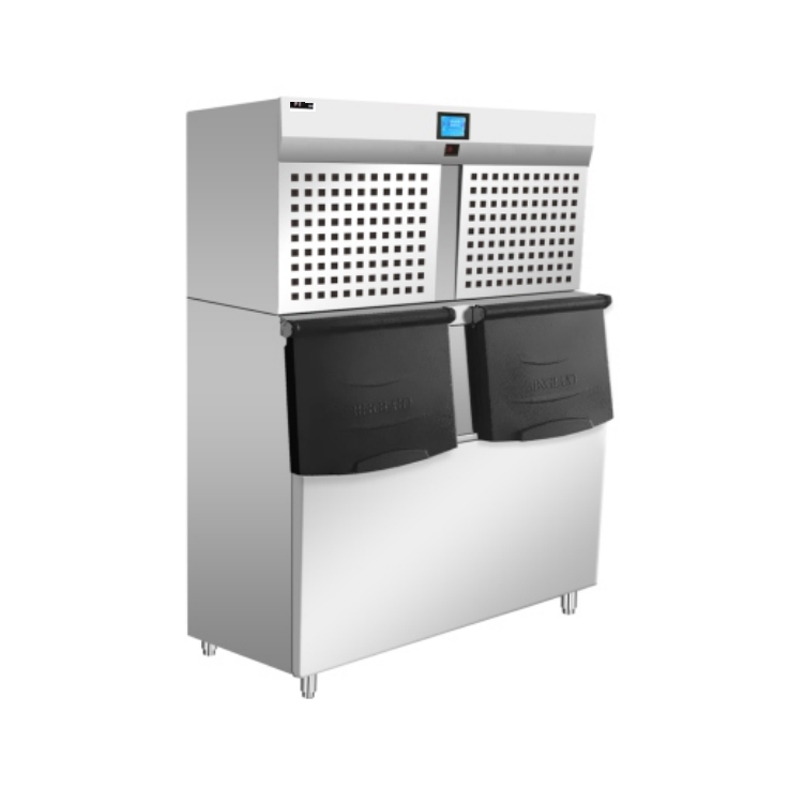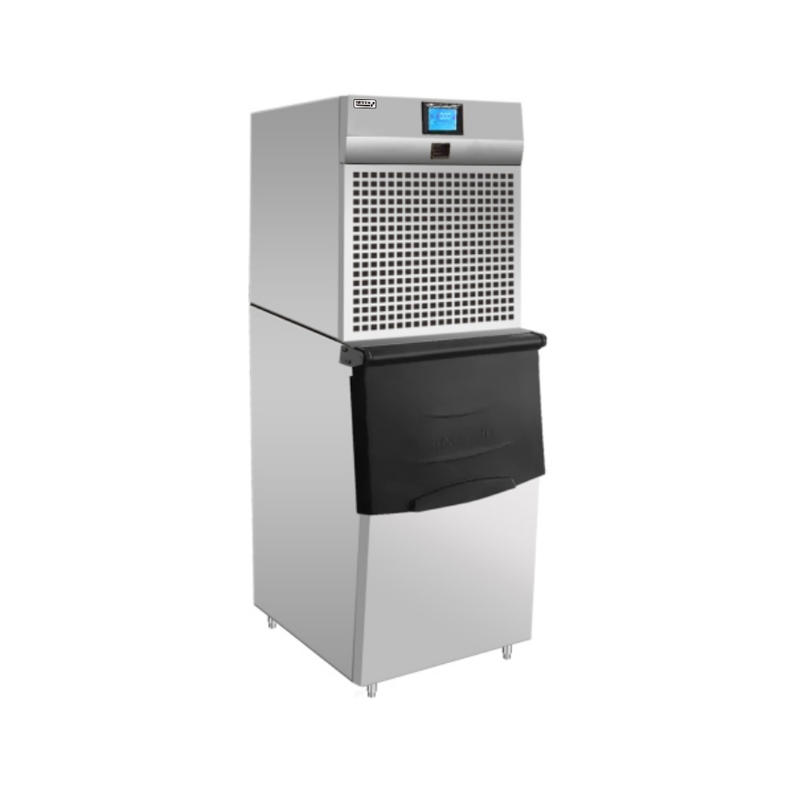2025-06-23
The Art and Science of Froth: A Deep Dive into Cafe Commercial Milk Frothers
In the bustling world of specialty coffee, where every sip is an experience, the humble milk frother stands as an unsung hero. For cafes, a commercial milk frother isn't just an appliance; it's a cornerstone of quality, efficiency, and ultimately, customer satisfaction. Beyond simply heating milk, these sophisticated machines are designed to produce the perfect microfoam – that velvety, sweet, and perfectly aerated milk essential for lattes, cappuccinos, and a myriad of other beloved beverages.
Why Commercial Frothers Are Non-Negotiable for Cafes
While home-use frothers offer convenience for personal enjoyment, they simply cannot meet the demands of a high-volume commercial environment. Cafe commercial milk frothers are engineered for:
- Consistency: Delivering perfectly textured milk, shot after shot, regardless of the barista's experience level. This is paramount for maintaining brand reputation and customer expectations.
- Speed and Efficiency: Rapid heating and frothing capabilities are crucial during peak hours, minimizing wait times and maximizing throughput.
- Durability: Built to withstand continuous, rigorous use, these machines are constructed from robust materials designed for longevity in a demanding commercial setting.
- Capacity: Handling larger volumes of milk at once, reducing the need for multiple, smaller batches.
- Hygiene: Designed for easy cleaning and maintenance, meeting strict food safety standards.
The Science Behind the Silky Smoothness
The magic of microfoam lies in the controlled introduction of air into milk, creating tiny, uniform bubbles. This process, often referred to as "stretching" and "texturing," is more complex than it appears:
- Aeration: Introducing air into the milk, typically via steam, to create initial bubbles. The goal is to incorporate just enough air to expand the milk's volume without creating large, unstable bubbles.
- Texturing (Folding): Once the air is incorporated, the milk is swirled and folded to break down larger bubbles into smaller, more uniform ones. This process also integrates the air evenly throughout the milk, resulting in a glossy, homogenous texture.
- Temperature Control: Heating the milk to the optimal temperature (typically between 55°C and 65°C or 130°F and 150°F) is critical. Too cold, and the proteins won't emulsify properly; too hot, and the milk will scald, developing an unpleasant taste and losing its sweetness.
Commercial frothers achieve this through powerful steam wands, precise temperature sensors, and often, automated programs that take the guesswork out of the process.
Types of Commercial Milk Frothers
Commercial milk frothers come in various forms, each suited to different operational needs and preferences:
-
Integrated Steam Wands (Espresso Machines): The most common type, where the espresso machine itself features a powerful steam wand. Baristas manually control the frothing process, offering the highest level of artistic control and customization. This requires skill and training but allows for nuanced texture adjustments for different drinks.
-
Stand-Alone Automatic Frothers: These machines are designed solely for frothing milk. They are often automated, requiring the barista to simply pour in the milk and press a button. They offer exceptional consistency and are ideal for cafes looking to streamline milk preparation, particularly for less experienced staff or high-volume environments where speed is paramount. Some models can even dispense pre-programmed amounts of hot or cold foam.
-
Induction Frothers: Utilizing induction heating, these frothers offer precise temperature control and even heating, minimizing the risk of scorching milk. They often come with various frothing discs for different textures (e.g., latte, cappuccino, hot chocolate). They are generally quieter and easier to clean than steam-based systems.
-
Bulk Milk Systems/Automated Milk Dispensers: For extremely high-volume operations, these systems store large quantities of milk and can automatically dispense and froth it on demand, often integrated directly into an automated coffee brewing system.
Key Features to Consider When Investing
When selecting a commercial milk frother, cafes should consider several critical features:
- Steam Power/Pump Pressure (for Steam Wands): Higher pressure translates to faster and more efficient frothing.
- Capacity: Matches the cafe's peak demand – how many drinks need to be prepared simultaneously?
- Temperature Control: Precise and consistent temperature regulation is vital for quality.
- Ease of Cleaning: Removable parts, non-stick surfaces, and accessible components simplify daily cleaning and prevent milk residue buildup.
- Durability and Build Quality: Stainless steel construction and robust internal components ensure longevity.
- User-Friendliness: Intuitive controls and clear indicators reduce training time and operational errors.
- Footprint: Consider the available counter space.
- Maintenance and Servicing: Availability of spare parts and ease of professional servicing.
- Noise Level: Important for the overall cafe ambiance.
Maintenance for Longevity and Hygiene
Regular and thorough cleaning is paramount for commercial milk frothers. Milk residue can quickly lead to bacterial growth and affect the taste of subsequent drinks. Daily routines should include:
- Purging Steam Wands: After each use, purging the steam wand removes any milk residue from the tip.
- Wiping Down Wands: Immediately wiping the steam wand with a damp cloth prevents milk from drying and hardening.
- Disassembling and Cleaning: Regularly disassembling and cleaning all milk contact parts (steam tips, pitchers, etc.) with appropriate cleaning solutions.
- Descaling: Periodic descaling, especially in hard water areas, prevents mineral buildup that can affect performance.
The Future of Frothing
As coffee technology continues to evolve, so too do milk frothers. We are seeing advancements in:
- Smart Technology: Integration with apps for remote control, diagnostics, and customized frothing profiles.
- Alternative Milk Optimization: Specific settings and programs tailored to achieve optimal foam with plant-based milks, which often behave differently than dairy milk.
- Enhanced Automation: Further automation to minimize human error and increase consistency, potentially even fully automated latte art.
In conclusion, a commercial milk frother is far more than a simple kitchen appliance for a cafe. It is a strategic investment that directly impacts beverage quality, operational efficiency, and ultimately, the profitability and reputation of the establishment. By understanding the science, types, and key features, cafe owners can make informed decisions that elevate their coffee program and delight their customers with every perfectly frothed cup.


 English
English русский
русский Español
Español عربى
عربى